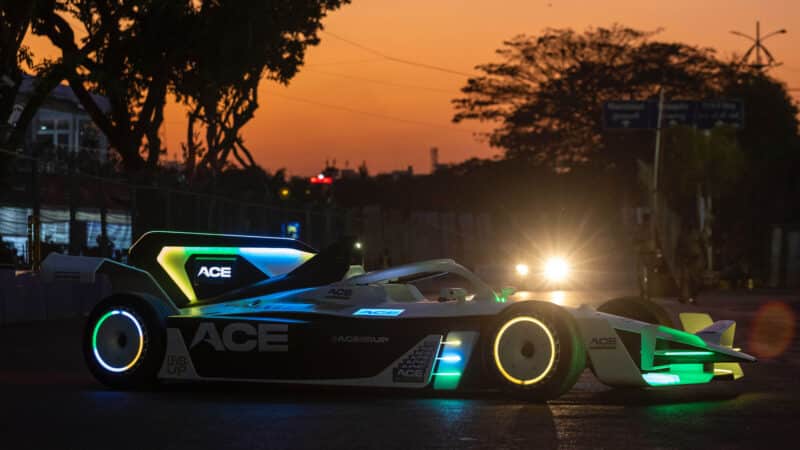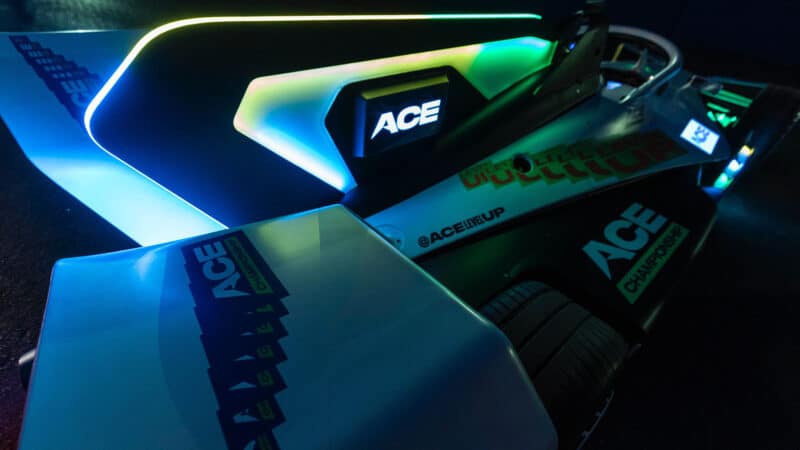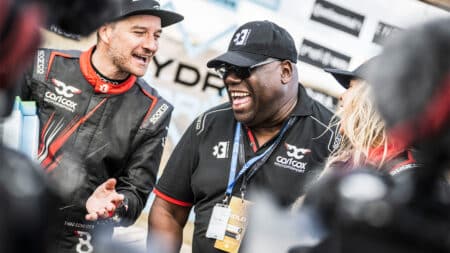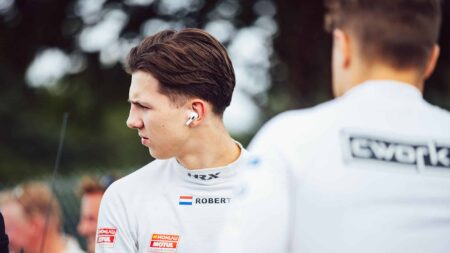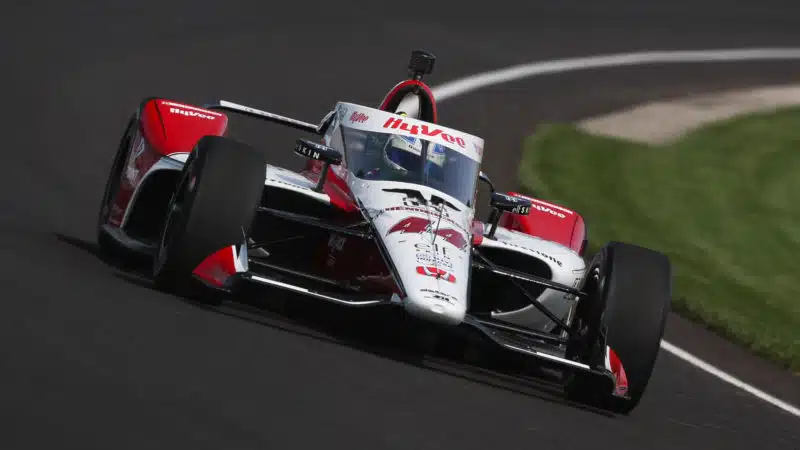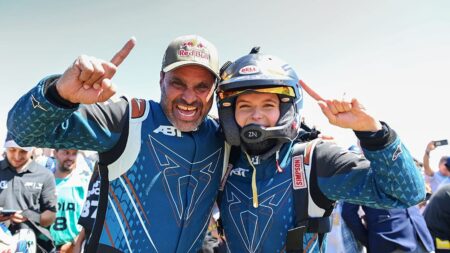The alternative junior discipline, which plans to be run in compressed three-month championships – each one in a different continent – will offer scholarships to six drivers, while others only have to bring a budget roughly a quarter of someone competing in a typical Formula 3 season, equivalent to ‘only’ £300k.
With this broadened horizon for not only competitors and engineers but also those working mechanics, logistics and media professionals – for which the series plans to run corporate intern programmes – Gill explains where the inspiration for ACE originated, and how he saw a place for such an initiative.
“The idea started germinating a couple of years ago when I was doing university talks to motor sport engineering students,” he says. “I realised that as many as 30% of them come from non-traditional racing countries – China, India, North Africa, places like that.
“That showed me there’s this huge appetite for people in those countries to become part of motor sport.
“On a personal side, I also didn’t come from a traditional motor sport country – a much different journey to other Formula E team principles.
“I thought, ‘Why don’t we create a pathway so people can experience what I did, which was something really fun?’”
And thus the idea of ACE was born. The series, both in budgetary terms and in its racing locations, aims to be more accessible than the traditional FIA junior ladder.
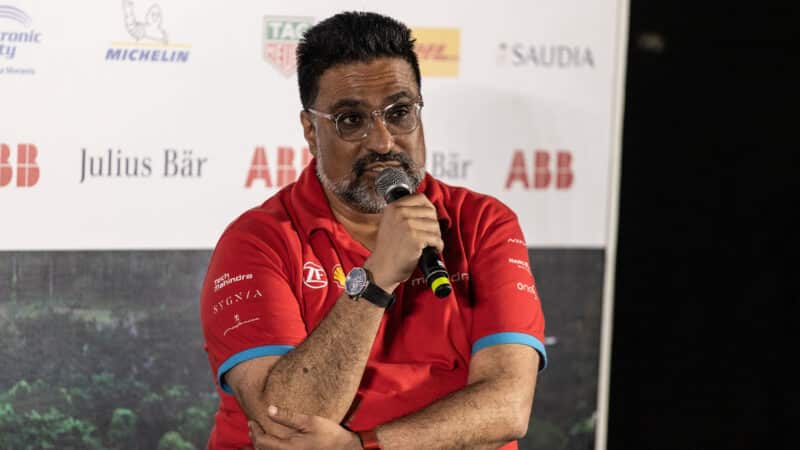
Gill says he was inspired to start the project after meeting so many youngsters who had no viable path into motor sport
Getty Images
Gill explains the concept behind the championship and the all-new cars, which ties in with how the series aims to keep the costs down. ACE would also generate revenue from sponsors and corporate partnerships.
Though the series aims to be on the support bill for some Formula E events, it won’t be limited to this championship.
“We aim to divide the world into four regional championships, running around six double-header race weekends within a 10-12 week period [e.g. January-March in the Middle East, June-to-August in North America],” he says.
“We’re looking to have a 20-car grid of 10 two-car teams, each running two cars.
